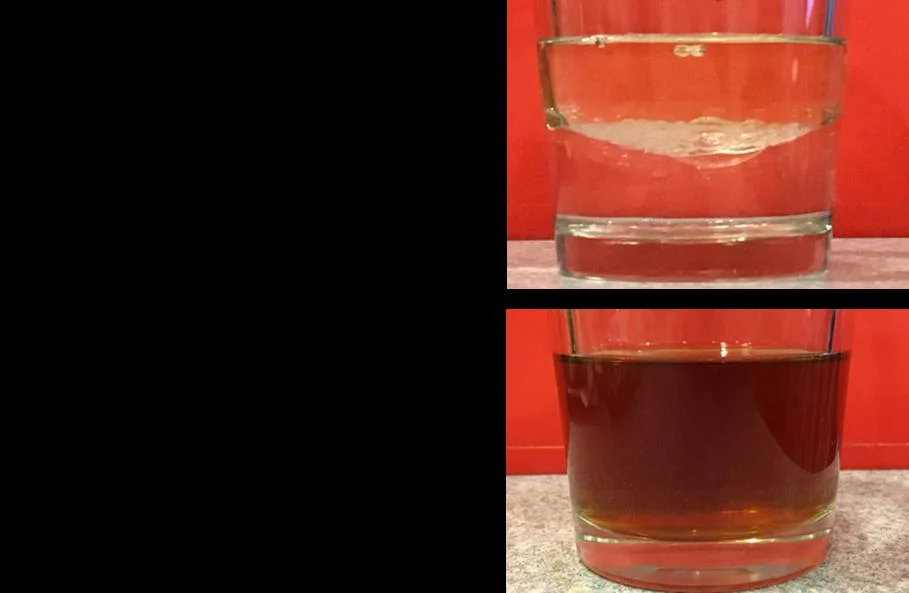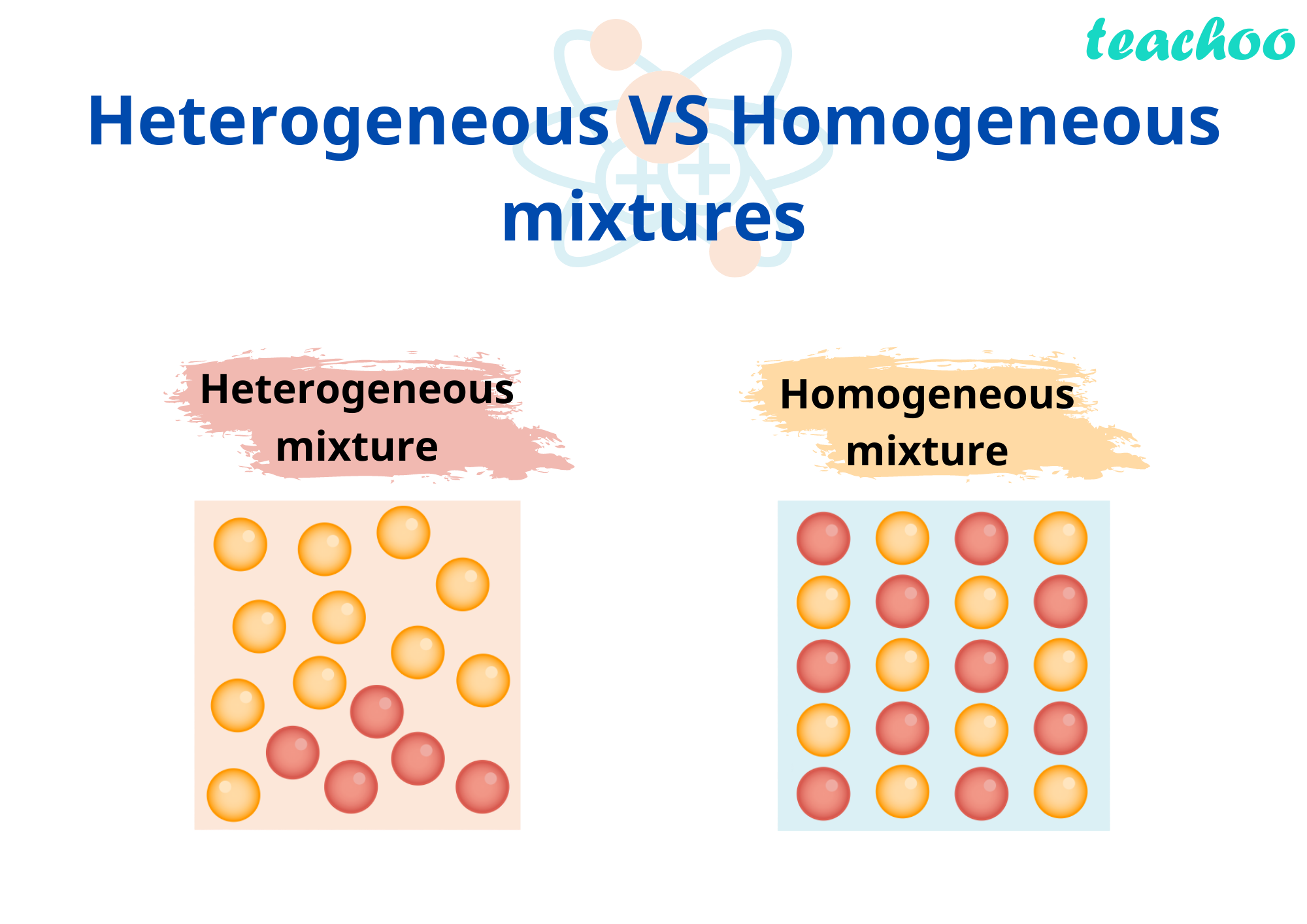Is air heterogeneous or homogeneous? This elementary query delves into the very nature of the air we breathe, revealing fascinating complexities typically missed. Understanding this distinction is essential for greedy a variety of scientific ideas, from atmospheric chemistry to climate patterns.
Air, seemingly uniform, is definitely a posh combination of gases. Nitrogen, oxygen, and hint quantities of different components and compounds create a dynamic system. This composition is vital to understanding its properties and conduct.
Air, the invisible substance that surrounds us, is a vital half of our surroundings. However is air heterogeneous or homogeneous? This query, whereas seemingly easy, delves into the basic nature of this important factor. Understanding the traits of air, and whether or not it is categorized as heterogeneous or homogeneous, is vital to greedy its conduct and impression on numerous features of our lives, from climate patterns to our very respiratory.
Air, a seemingly easy substance, is definitely a posh combination. Understanding if it is homogeneous or heterogeneous requires a deeper dive into its composition. Exploring 8-letter phrases beginning with ‘s’ can illuminate the vastness of vocabulary, 8 letter words starting with s , however finally, air’s heterogeneous nature stems from the presence of assorted gases. This mix of nitrogen, oxygen, and hint components makes air a heterogeneous combination, not a homogeneous one.
What Defines Heterogeneous and Homogeneous Mixtures?
Earlier than we delve into air, let’s make clear the distinction between heterogeneous and homogeneous mixtures. A homogeneous combination has a uniform composition all through. Its elements are evenly distributed, and you may’t visually distinguish one element from one other. Consider saltwater—the salt dissolves fully into the water, making a uniform resolution. A heterogeneous combination, then again, has visibly totally different elements.
The totally different elements of the combination are distinct and simply separable. Think about a bowl of salad—the lettuce, tomatoes, and different components are clearly separate and do not mix collectively. The important thing distinction lies within the uniformity of composition.
Air’s Composition: A Nearer Look
Air is not only one substance; it is a combination of assorted gases. The first elements are nitrogen (round 78%), oxygen (round 21%), and hint quantities of different gases like argon, carbon dioxide, and neon. These gases should not evenly distributed in all elements of the environment, and their concentrations can fluctuate relying on altitude and different components.
Air, a seemingly easy substance, is definitely a posh combination. Understanding its composition is essential, particularly when contemplating medical contexts like the usage of “decide o” in medical terminology, which refers to particular processes. opt o medical term illuminates the intricate nature of those processes, finally impacting the properties of air. Subsequently, the classification of air as heterogeneous is correct, reflecting its variable elements.
Think about the next factors:
- Different Composition: The various concentrations of gases inside air, and the various density of air primarily based on components like altitude, recommend that air is not uniform all through.
- Visibility of Elements: Particular person fuel elements aren’t seen to the bare eye, making it seem uniform, but their totally different properties affect the air’s conduct.
- Dynamic Nature: Air’s composition is continually altering as a consequence of components like climate patterns, air pollution, and pure processes.
Is Air Heterogeneous or Homogeneous?
Whereas air might sound homogeneous at a macroscopic stage, a better look reveals that it is extra precisely described as a homogeneous combination. The gases that compose air are combined at a molecular stage, making a uniform mix. This uniformity is obvious in its skill to transmit mild, and its constant properties in a given location. Nonetheless, this uniformity is relative and may change throughout totally different areas and altitudes.
Key Variations in Apply, Air heterogeneous or homogeneous
Whereas air is usually homogeneous, the distribution of gases inside it may possibly create localized variations, influencing components like density and strain. Because of this in sure contexts, and at particular scales, air may exhibit traits that appear heterogeneous. For instance, air air pollution or the presence of particulates could make air seem heterogeneous in particular areas.
Implications for Varied Fields
Understanding whether or not air is heterogeneous or homogeneous is essential in numerous fields:
- Meteorology: Climate patterns are influenced by the variations in air density and composition.
- Aerospace Engineering: Plane design and efficiency are affected by the various air density at totally different altitudes.
- Environmental Science: Air air pollution and its results are depending on the distribution and focus of pollution inside the air.
Conclusion
Though air seems homogeneous at a macroscopic stage, its dynamic composition and the various distribution of gases imply that it is not completely uniform. The refined variations in air composition, whereas typically imperceptible, have important implications throughout numerous disciplines. Essentially the most correct classification of air is a homogeneous combination.
Air, a seemingly easy substance, is definitely a posh combination. Understanding its composition as heterogeneous or homogeneous will depend on the dimensions of commentary. This intricate nature contrasts with the easy nature of 4 letter phrases beginning in ‘j’, like ‘jolt’ or ‘jive’ – phrases which are far much less ambiguous. Finally, air’s complexity is essential to understanding its conduct, properties, and impression on our day by day lives.
four letter words starting in j. Whether or not it is a homogeneous or heterogeneous combination, air’s affect is plain.

[Lihat juga: Artikel tentang sifat-sifat gas]
This text gives a primary understanding of air as a homogeneous combination. For a extra in-depth exploration of the nuances of air composition and its conduct, we encourage you to discover associated subjects. When you’ve got any additional questions or ideas, please go away a remark beneath.

Share this text with your mates and colleagues to increase the dialogue. Dive deeper into the world of atmospheric science and associated fields by exploring our different informative items.
In conclusion, whereas air may seem homogenous at a macroscopic stage, its microscopic make-up reveals an interesting heterogeneous composition. This mix of gases, in fixed movement and interplay, finally shapes our world. From the air we breathe to the climate we expertise, understanding air’s properties is crucial to comprehending the intricate workings of our planet.
Air, surprisingly, is a posh combination of gases, making it heterogeneous. Understanding this significant idea is important for comprehending many scientific phenomena. If you happen to’re contemplating giving up on a venture, you may contemplate what ‘chucking up the sponge’ means here. Finally, air’s composition, from nitrogen to oxygen, dictates its general properties, solidifying its heterogeneous nature.
Clarifying Questions
Is air an answer?
Air, a seemingly easy substance, is definitely a posh combination. Whereas it’d seem homogeneous, the truth is way extra nuanced. Think about a person sitting on a sofa a man sitting on a couch , exhaling and inhaling, subtly altering the composition round him. This interaction of numerous gases, like oxygen and nitrogen, makes the air heterogeneous at a microscopic stage.
Understanding this complexity is vital to greedy the interactions between air and our surroundings.
No, air is a mix, particularly a homogeneous combination of gases. An answer, then again, is a homogenous combination of a solute and a solvent, with the solute being dissolved within the solvent.
What are the primary elements of air?
The first elements of air are nitrogen (roughly 78%), oxygen (roughly 21%), and argon (roughly 0.9%). Different gases, like carbon dioxide and hint components, make up the remaining share.
How does air strain have an effect on the composition of air?
Air strain, a measure of the power exerted by the air, would not change the
-composition* of the air itself. Nonetheless, it considerably impacts the
-density* of the air. Larger altitudes expertise decrease air strain, resulting in a decrease density of gases.
Does air air pollution change the basic make-up of air?
Air air pollution introduces
-foreign* substances into the air, nevertheless it would not essentially alter the
-composition* of air as a mix of gases. Air pollution adjustments the
-quality* of the air by introducing dangerous contaminants.
